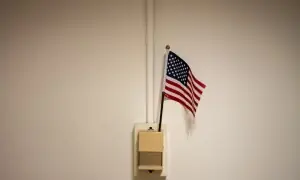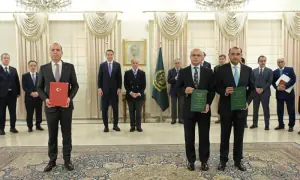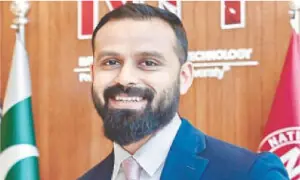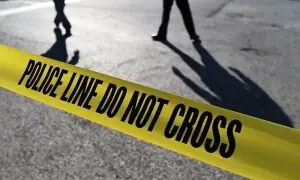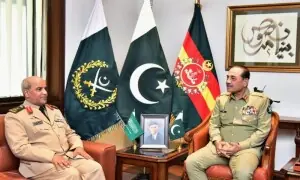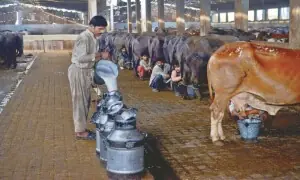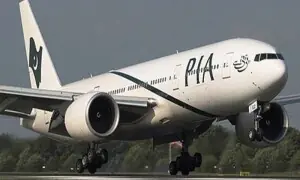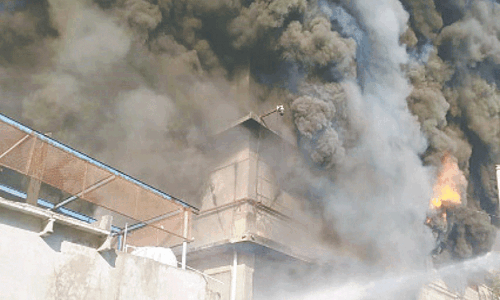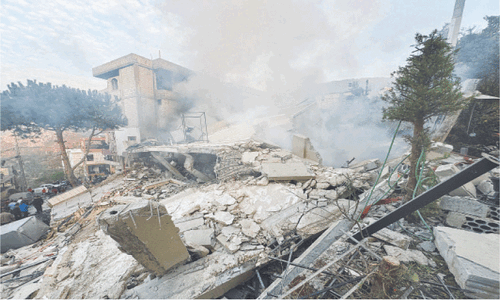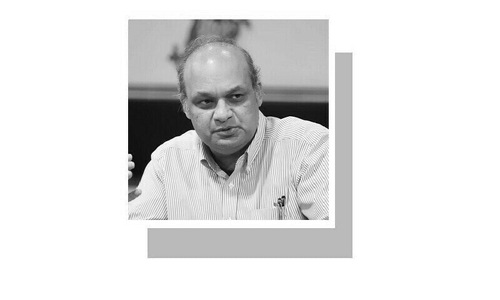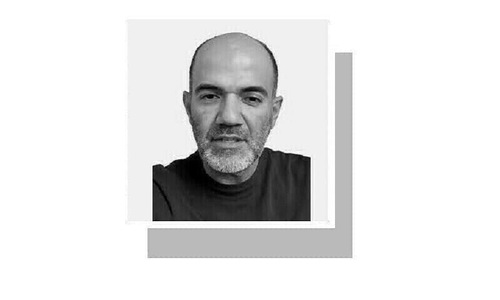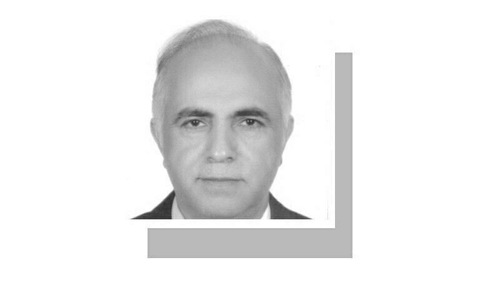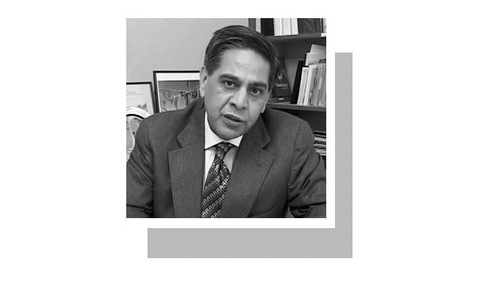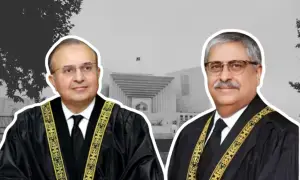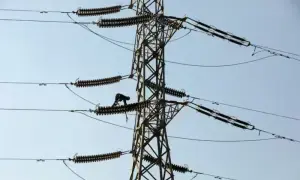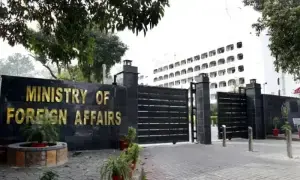MIRPURKHAS: The Sindh High Court on Monday dismissed the applications of a cleric and a policeman seeking quashment of an FIR against them regarding extrajudicial killing of Dr Shahnawaz Kunbhar and transferred the investigations of the case to the Federal Investigation Agency (FIA).
The applications were filed by Tehreek Labbaik Pakistan (TLP) leader Pir Umar Jan Sarhandi and former CIA in-charge Inayat Zardari.
The Mirpurkhas circuit bench of the SHC comprising Justice Amjad Ali Bohio and Justice Khadim Hussain Soomro heard arguments of applicants’ counsel as well as lawyers Ali Palh and Asghar Narejo who moved court for a judicial probe.
The bench upheld the FIR lodged by Dr Shahnawaz’s family at the Sindhri police station against his extrajudicial killing in a staged encounter and ordered transfer of investigations from the Sindh police to the FIA.
Dismisses quashment pleas of TLP leader, police officer
The bench expressed concerns over the police’s failure to arrest senior police officials — DIG Javed Jiskani and SSP Asad Chaudhry — who were named in the FIR filed at the Sindhri police station but failed to get bail from any court.
It ordered the police to ensure their arrest.
Later, petitioners’ counsel Ali Palh and Asghar Narejo told the media that they requested the bench to transfer the investigations of the case to the FIA since the Mirpurkhas police had failed to arrest the police officers nominated in the murder case.
Advocate Ali Palh hailed the decision to transfer the case to the FIA as a major victory for civil society and human rights defenders.
He said that the initial autopsy report after exhumation of Dr Shahnawaz’s body had confirmed torture.
He expressed optimism that the FIA would uncover further details and ensure that those responsible for torture would face punishment.
The lawyer was hopeful that this case would set a precedent for the future of law enforcement and peace in Sindh.
He said that the family and civil society wanted a judicial inquiry into the matter.
The Sindh government had already approached the SHC for nominating a judge of the high court to conduct a judicial probe.
On Sept 19, Dr Shahnawaz, who was booked in a blasphemy case in Umerkot, was killed in an alleged encounter on Sept 19. An inquiry found that he was killed in a staged encounter and an FIR was lodged against several policemen on the complaint of his relative, Ibrahim Kunbhar.
Last week, a special medical board had exhumed the body of Dr Shahnawaz on court orders and collected samples for chemical analysis. Later, the board released an initial post-mortem examination report based on physical examination and X-ray results. It revealed that four of Dr Shahnawaz’ ribs were broken.
The victim’s family had called for a thorough investigation against the doctors who conducted the first post-mortem examination and blamed them for “covering up the torture evidence”.
Published in Dawn, October 22th, 2024



